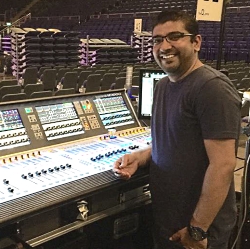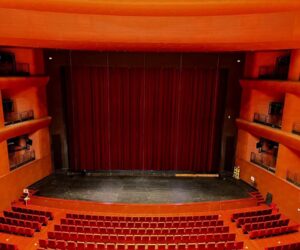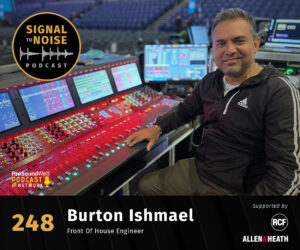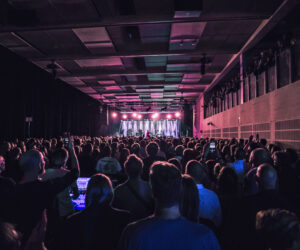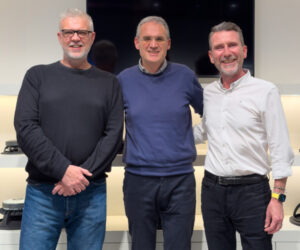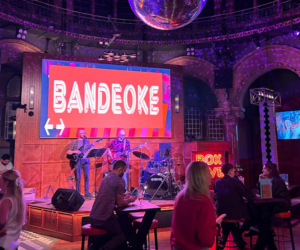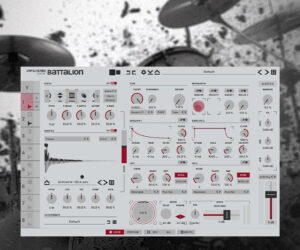Live systems/front of house mix engineer Sunil Karanjikar chooses Waves Audio‘s MultiRack and plugins to mix on tour with A. R. Rahman; a winner of GRAMMY, OSCAR, BAFTA, Golden Globe, National Film and Filmfare Awards.
Rahman is an Indian composer, singer-songwriter, music producer and musician noted for integrating eastern classical music with electronic and world music. Sunil is running his Waves plugins on a Soundcraft Vi6 console. This setup includes a DiGiGrid MGO optical SoundGrid-to-MADI interface, a Waves SoundGrid Server One, and a Waves MultiRack SoundGrid plugin host on a MacBook Pro 15.
“The band has anywhere from 4 to 14 singers, depending on the format,” Karanjikar says. “Songs can be anything from ballads to rock, and I am using Waves plugins mostly on vocals, bass guitar, mix groups and PA outputs. My standard vocal chain includes the Waves Renaissance Axx, followed by the Waves Q10 Equalizer and then the Waves C6 Multiband Compressor. The latter is one of my favorite plugins and is one of the primary reasons that drew me to Waves. I use the C6 to control the tone of the vocal when the singers change levels and singing styles.”
“On A. R.‘s vocal,” Karanjikar elaborates, “I replace the Renaissance Axx with the Waves CLA-76 Compressor/Limiter (Bluey) to help cut through the mix. My bass guitar chain includes the Waves dbx 160 Compressor/Limiter side-chained to the kick drum, followed by the Waves MaxxBass. Other plugins I use include the Waves GTR Overdrive to achieve the ‘telephone effect’ used in a couple of songs, the Waves Doubler for certain chorus parts which are most often sung by a single member, and Waves TrueVerb for reverb.”
On using MultiRack and Waves plugins, Sunil adds, “I prefer using MultiRack as a standalone, since any changes that are required in the mix based on the venue are done in MultiRack, mostly on mix groups and main outs. The console then runs independently recalling mix snapshots. I use the C6 on the main outs: it is an integral part of the sound of the band, since the genre of music constantly changes. It keeps the overall tone of the PA consistent by kicking in at higher volumes and compressing offending bands only. I like to compress the 4k-5 kHz band on the main LR feed at higher levels to make for comfortable listening. I also compress the 250 Hz band at higher levels to keep the low end from building up.”
About using Waves, Karanjikar adds, “I started using Waves full-time in early April 2015 while preparing for A. R. Rahman’s North American Intimate Concert tour. The plugins inserted across the vocals just glue the voice to the mix without forcing me to drastically work the EQ. The group and mains inserts usually call for some really expensive hardware and the sheer physical aspect of having to carry racks and find place at increasingly reduced front of house space. The C6 though has transformed the way I mix. Before I had this tool, whenever the concert would progress into the up-tempo songs and have to be mixed louder compared to the rest of the show, I’d reach out for the EQ and pull down some high-mids to prevent the PA from sounding harsh and fatiguing, and I’d drop some subs in order not to overpower the venue. Now the C6 with its multi-band compression does the trick for me. The ability to connect over the network using the DiGiGrid MGO interface is also very important, as it allows multiple computers to access the audio stream and provide redundant recording while also processing on a third computer.”


